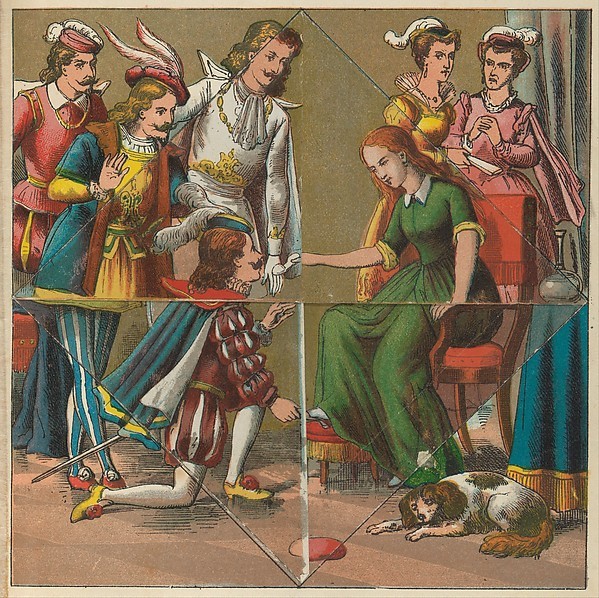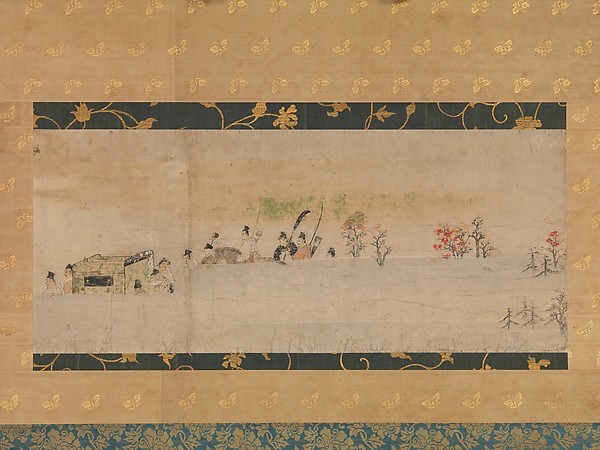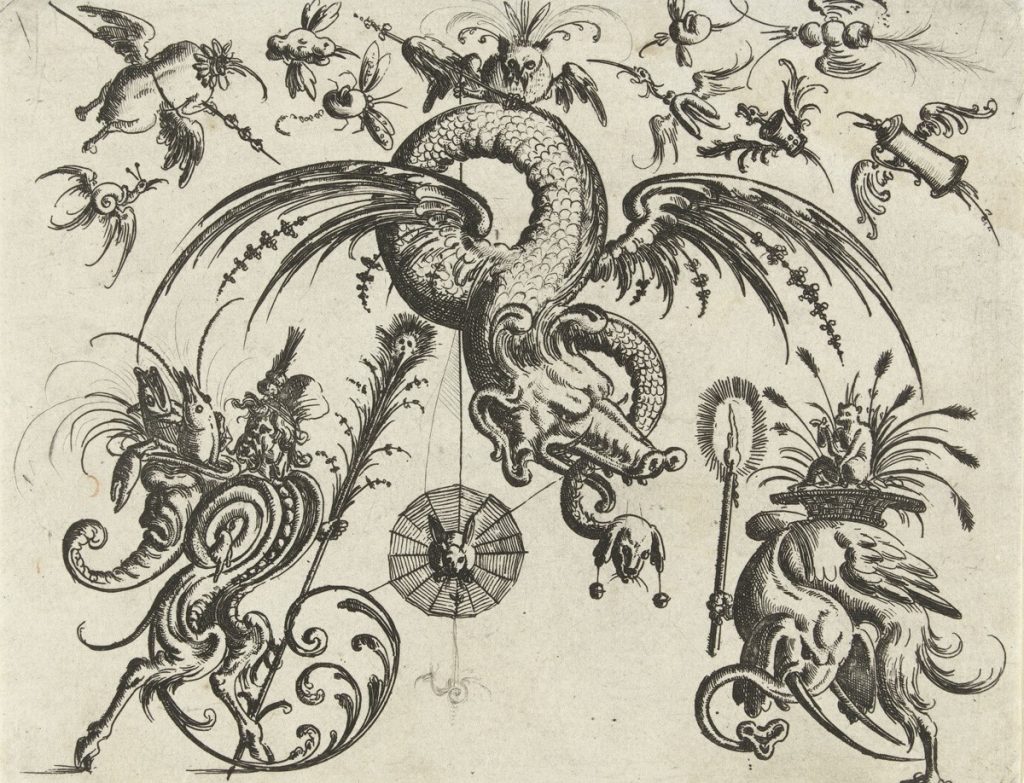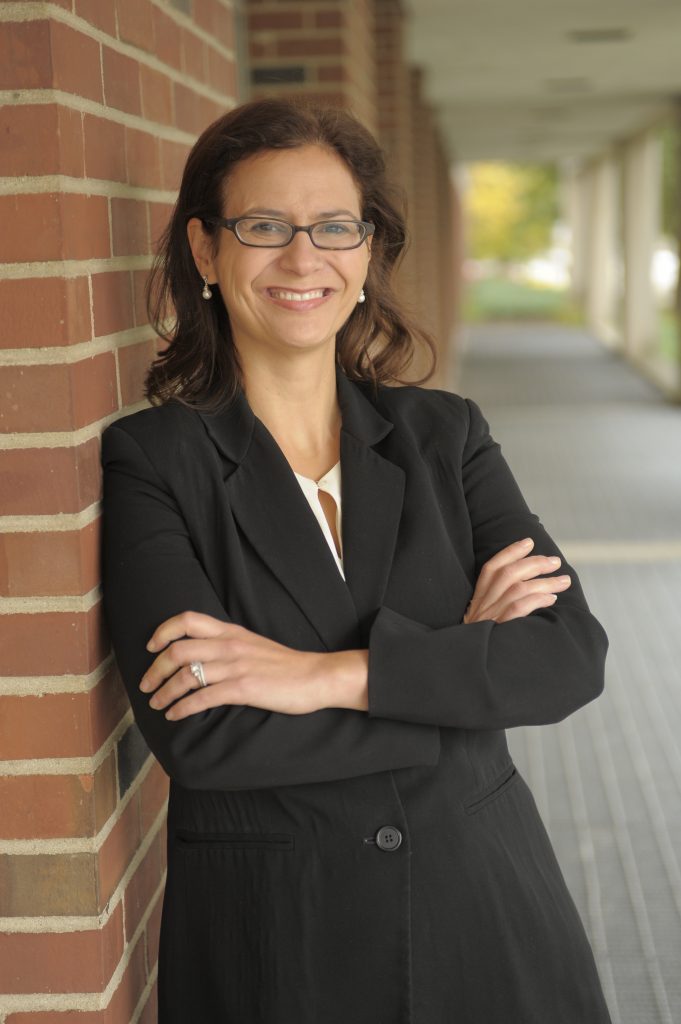This post was guest authored by Scholarly Communication and Publishing Graduate Assistant Paige Kuester.
Just in case “Copyright” is one of the categories when you finally make it on Jeopardy!
- Facts aren’t copyrightable
Generally, unless there is some creativity in the expression associated with them, facts aren’t copyrightable. Even if you were the first person ever to know that particular fact, unless you express it in a creative fixed way, there’s no way that copyright can attach to facts.
While this fact seems like a statement of the obvious, if you are not familiar with the Monkey Selfie case, you’ll be surprised to learn that accomplishing this was the goal of PETA recently. It’s probably a good thing that the case settled (though unsuccessfully in the eyes of monkeys that are garnering for copyright everywhere) with the owner of the camera agreeing to donate a percentage of proceeds gained from the picture to habitat protection, because how else would we have gotten access to some of these images? However, it is questionable if images taken by animals are even copyrightable at all.
- Just because you can’t find the © symbol, does not mean that a work does not have copyright.
Since 1989, works no longer require a copyright symbol to have copyright attached to them. Which makes having a copyright easier than in previous eras, but makes it less obvious that a work in copyrighted in general. Of course, there are benefits to including one.
- Plagiarism doesn’t just plague the lazy.
This article discusses five great people who have plagiarized.
- You own a copyright.
At least, if you have ever written anything creative down in a fixed medium that was your own idea, you own one. Probably more than one, including marker scribbles and grocery lists and papers that you wrote in high school. As long as you don’t transfer your rights, you will hold that copyright for your entire life plus seventy years.
Make sure you share your winnings with us.
For more information about copyright, check out this undergraduate journal library guide, this Author’s rights guide, or contact our copyright librarian, Sara Benson.
Sources:
Bailey, Jonathan. (2010). 5 Things that Can’t Be Copyrighted. Plagiarism Today. Retrieved from https://www.plagiarismtoday.com/2010/01/08/5-things-that-cant-be-copyrighted/
Bailey, Jonathan. (2015). 5 Great People Who Plagiarized. Plagiarism Today. Retrieved from https://www.plagiarismtoday.com/2015/02/10/5-great-people-who-plagiarized/
New Media Rights. (2011). II. What Can and Can’t Be Copyrighted? New Media Rights. Retrieved from https://www.newmediarights.org/business_models/artist/ii_what_can_and_can’t_be_copyrighted
Post, David. (2017). No Monkey Business Here: The Monkey Copyright Case is Over–For Now. Washington Post. Retrieved from https://www.washingtonpost.com/news/volokh-conspiracy/wp/2017/09/17/no-monkey-business-here-the-monkey-selfie-copyright-case-is-over-for-now/?utm_term=.1624b07a5524








